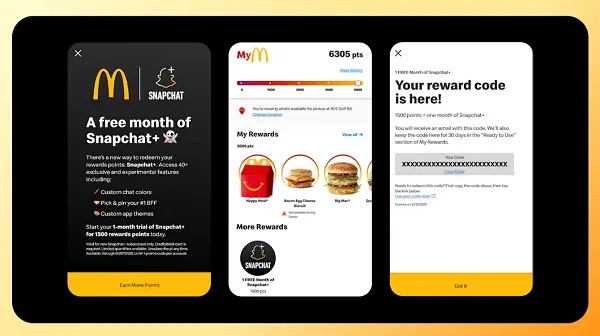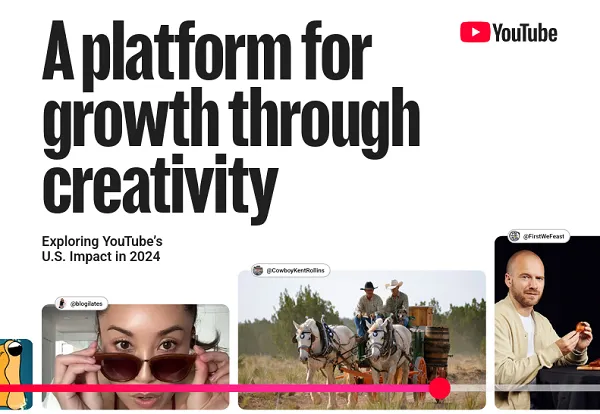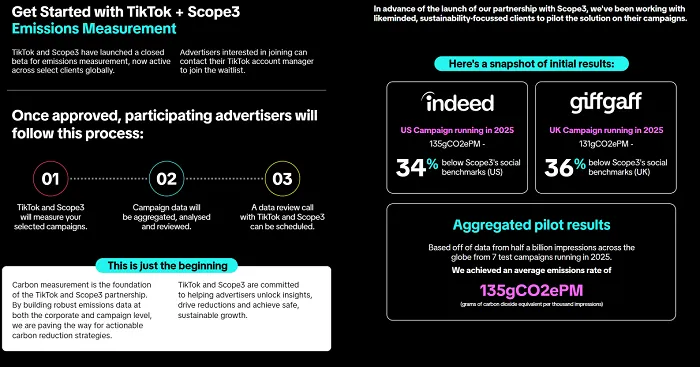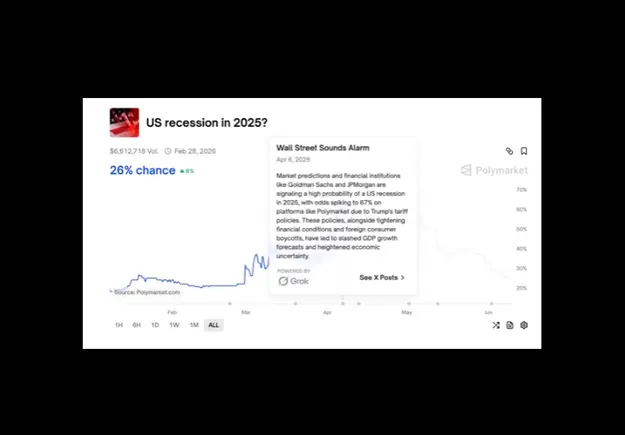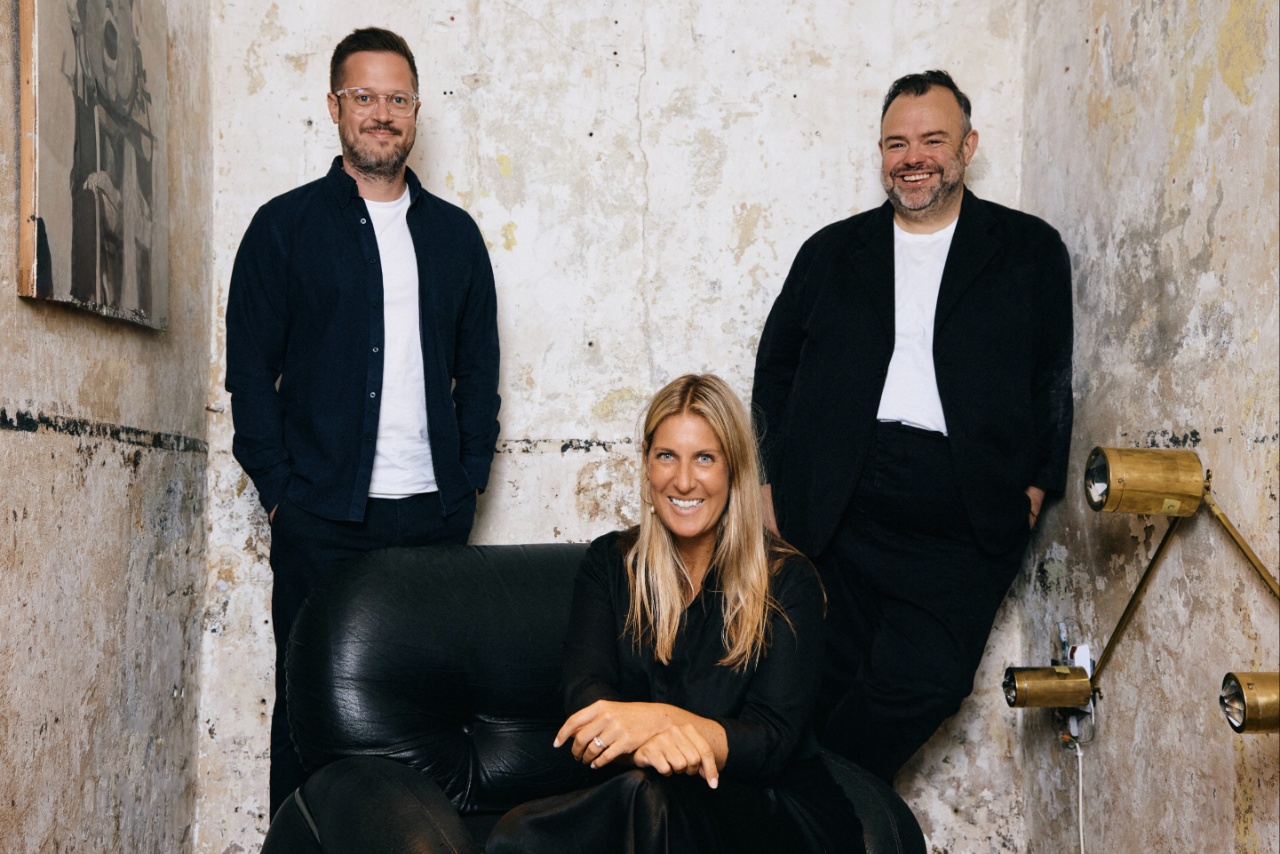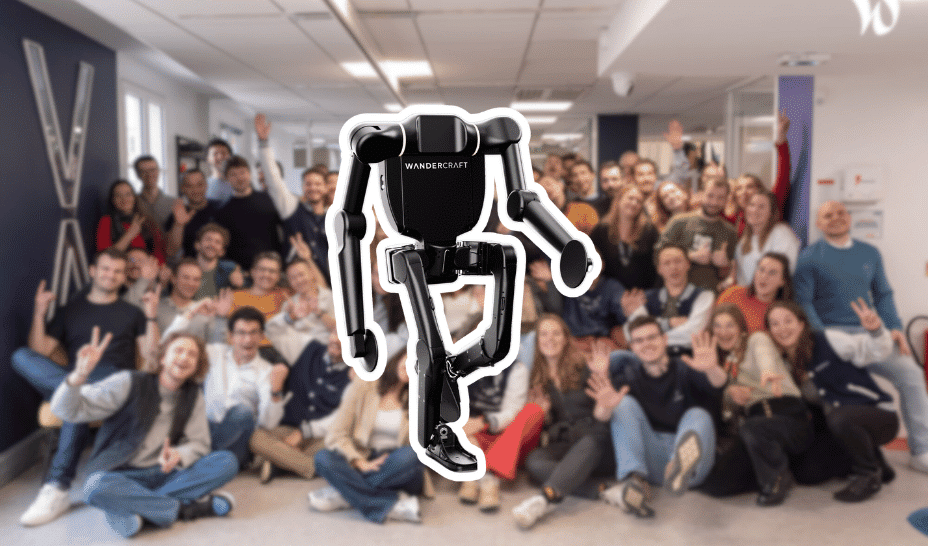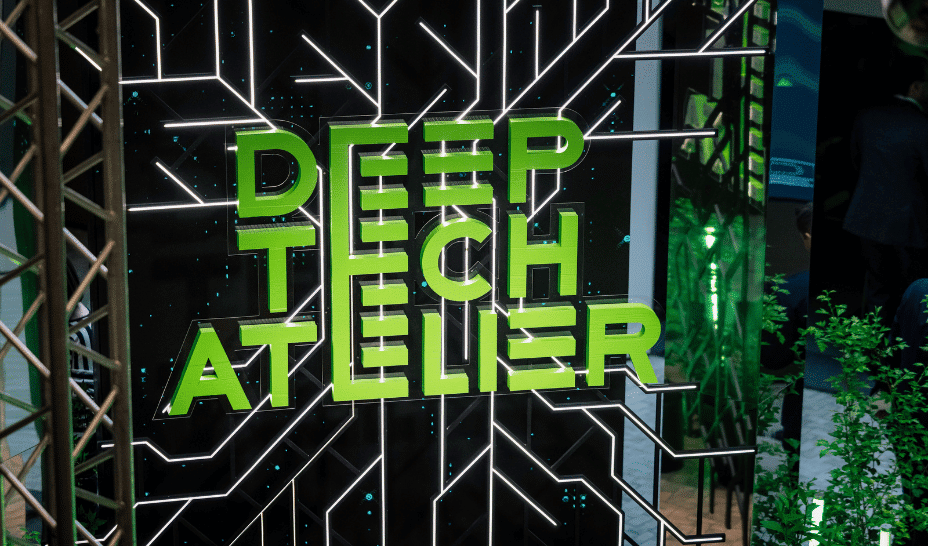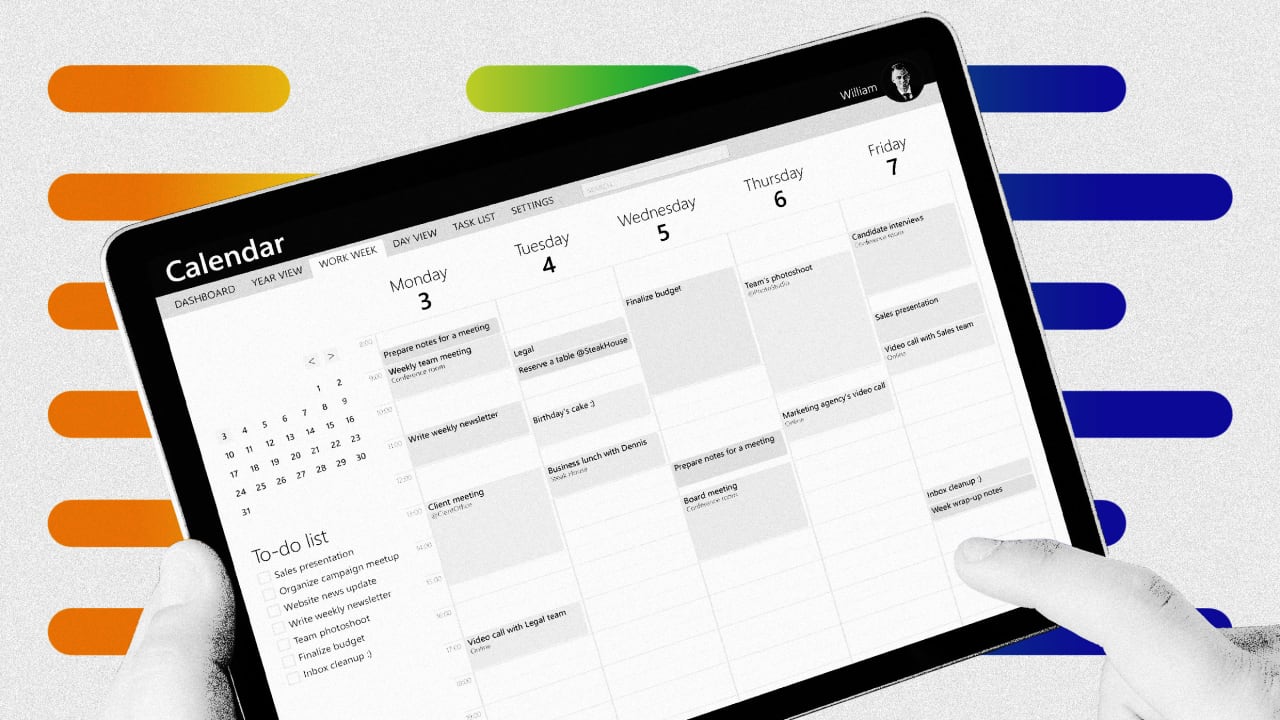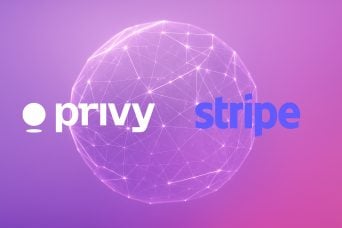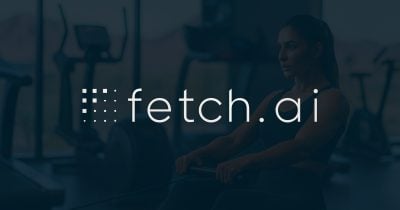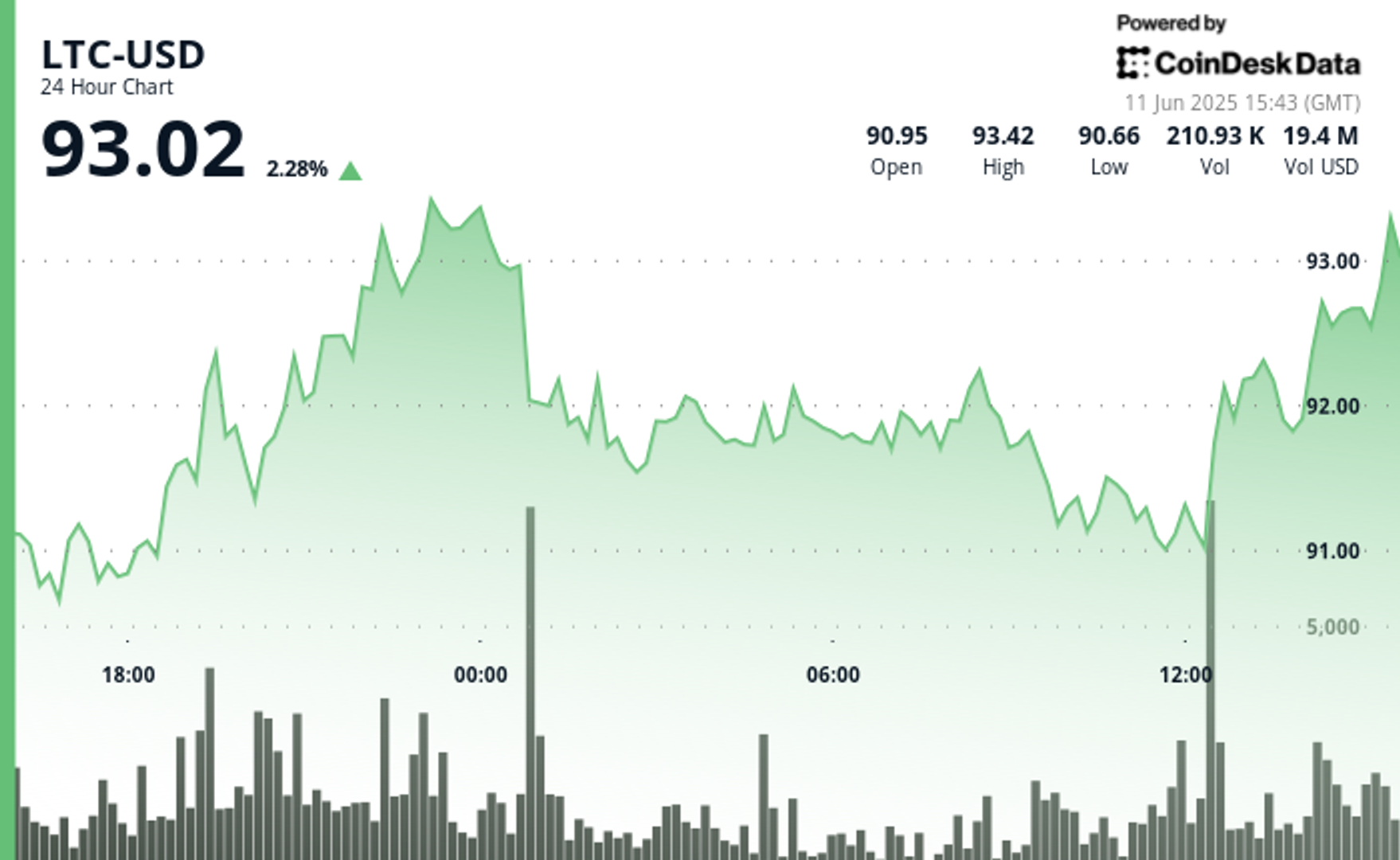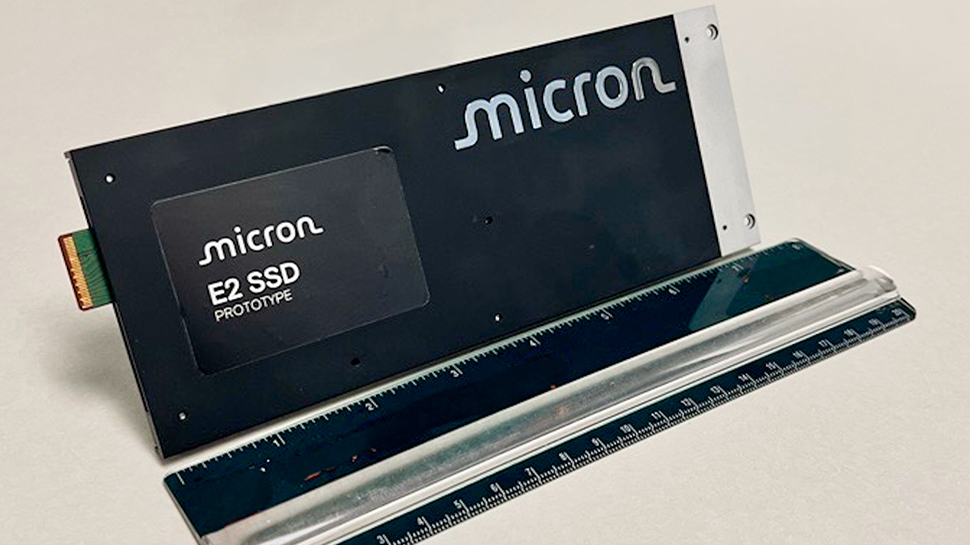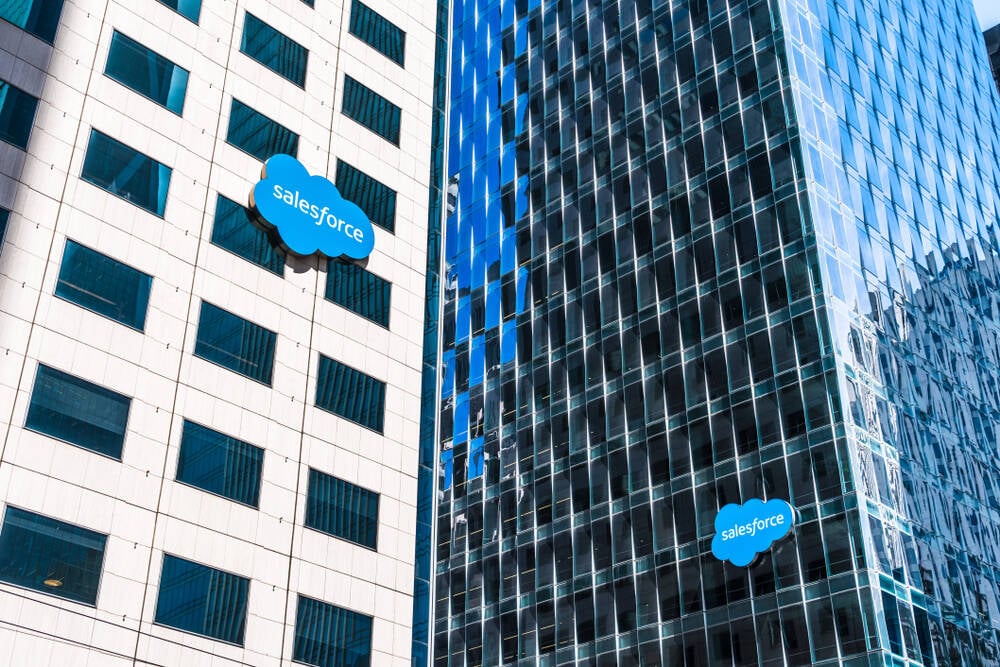Seven strategies to help the class of 2025 succeed in the AI workplace
If you’re a member of the Class of 2025, you’re entering a workplace unlike any before you. While your predecessors had to adapt to email, social media, and cloud computing, you’re stepping directly into the age of artificial intelligence. This isn’t just another technological shift. It’s a fundamental reimagining of how work gets done. Instead of being a victim of disruption, you have the opportunity to position yourself as an architect of an AI-powered future. Several recent studies indicate that companies effectively integrating AI achieve productivity gains of up to 40%. However, many organizations struggle with implementation, not because the technology isn’t ready, but because of a lack of a workforce skilled in leveraging it. This presents an unprecedented opportunity for you as a digital native who views AI not as a threat to manage but as a tool to master. Focus on Partnership, Not Replacement Start by recognizing that AI isn’t coming for jobs per se. It’s automating a wide range of tasks. While AI will automate certain functions, it will simultaneously create new opportunities and roles. Instead of fearing AI as a job-stealing technology, you should see it as a valuable partner that can help you work smarter and more efficiently. To succeed, you need to identify routine tasks within your role that AI can handle. This could include drafting initial reports, analyzing data patterns, or researching industry trends. Your goal is to employ AI to eliminate time-consuming work and invest that saved time in high-value activities like strategic thinking, relationship building, and creative problem-solving. As soon as you start your new job, audit your responsibilities and ask: “Which of these could be automated or AI-assisted?” Then experiment with the available tools in your organization. Most importantly, communicate your AI-enhanced productivity to your supervisors—they need to see that you’re not just working faster, but delivering higher-quality strategic thinking. Invest in Continuous Upskilling Then you need to commit to continuous learning. The half-life of technical skills is shrinking rapidly. What you learned in your senior year may already be outdated by the time you’ve been in your first job for just a few months. As futurist Alvin Toffler predicted decades ago, “The illiterate of the 21st century will not be those who cannot read and write, but those who cannot learn, unlearn, and relearn.” You’re living this reality in real-time. You must treat your first job as an extension of your education, not its conclusion. The most effective approach is to create a structured learning plan: Dedicate time weekly to exploring new AI tools relevant to your industry, enroll in online courses that build both technical understanding and business application skills, and seek out internal projects where you can experiment with AI solutions. Don’t wait for your company to provide AI training—take the initiative. Join professional associations focused on AI in your field, attend virtual conferences, and connect with other professionals who are successfully integrating AI into their work. Document your experiments and insights; this portfolio of AI experience becomes increasingly valuable as your career progresses. Become the Translator Perhaps the most valuable role you can play is serving as an interpreter between AI capabilities and business needs. Many senior executives understand AI’s potential in theory but struggle to see practical applications for their specific challenges. Meanwhile, technical teams can build sophisticated AI systems but may miss crucial business context. You’re uniquely positioned to bridge this gap. To capitalize on this opportunity, develop the skill of translating technical capabilities into business language. When you encounter AI tools or capabilities, practice explaining them in terms of business outcomes: cost savings, revenue generation, risk reduction, or customer satisfaction improvements. Position yourself as someone who can identify automation opportunities that others might overlook. Look for repetitive processes, data analysis tasks, or pattern recognition challenges within your organization. Then propose AI solutions in terms that resonate with decision-makers: “This could save us X hours per week” or “This could improve accuracy by Y percent.” Your ability to recognize and communicate these opportunities makes you indispensable. Embrace Your Ethical Responsibility With great power comes great responsibility, and you’re inheriting both. As AI becomes more prevalent, your generation of business leaders will shape how it’s deployed. This isn’t just about efficiency gains—it’s about ensuring AI serves humanity rather than replacing it. You should already be grappling with these ethical dimensions. Make yourself valuable by understanding both the opportunities and risks of AI implementation. Learn to ask the right questions:

If you’re a member of the Class of 2025, you’re entering a workplace unlike any before you. While your predecessors had to adapt to email, social media, and cloud computing, you’re stepping directly into the age of artificial intelligence. This isn’t just another technological shift. It’s a fundamental reimagining of how work gets done. Instead of being a victim of disruption, you have the opportunity to position yourself as an architect of an AI-powered future.
Several recent studies indicate that companies effectively integrating AI achieve productivity gains of up to 40%. However, many organizations struggle with implementation, not because the technology isn’t ready, but because of a lack of a workforce skilled in leveraging it. This presents an unprecedented opportunity for you as a digital native who views AI not as a threat to manage but as a tool to master.
Focus on Partnership, Not Replacement
Start by recognizing that AI isn’t coming for jobs per se. It’s automating a wide range of tasks. While AI will automate certain functions, it will simultaneously create new opportunities and roles. Instead of fearing AI as a job-stealing technology, you should see it as a valuable partner that can help you work smarter and more efficiently.
To succeed, you need to identify routine tasks within your role that AI can handle. This could include drafting initial reports, analyzing data patterns, or researching industry trends. Your goal is to employ AI to eliminate time-consuming work and invest that saved time in high-value activities like strategic thinking, relationship building, and creative problem-solving.
As soon as you start your new job, audit your responsibilities and ask: “Which of these could be automated or AI-assisted?” Then experiment with the available tools in your organization. Most importantly, communicate your AI-enhanced productivity to your supervisors—they need to see that you’re not just working faster, but delivering higher-quality strategic thinking.
Invest in Continuous Upskilling
Then you need to commit to continuous learning. The half-life of technical skills is shrinking rapidly. What you learned in your senior year may already be outdated by the time you’ve been in your first job for just a few months.
As futurist Alvin Toffler predicted decades ago, “The illiterate of the 21st century will not be those who cannot read and write, but those who cannot learn, unlearn, and relearn.” You’re living this reality in real-time.
You must treat your first job as an extension of your education, not its conclusion. The most effective approach is to create a structured learning plan: Dedicate time weekly to exploring new AI tools relevant to your industry, enroll in online courses that build both technical understanding and business application skills, and seek out internal projects where you can experiment with AI solutions.
Don’t wait for your company to provide AI training—take the initiative. Join professional associations focused on AI in your field, attend virtual conferences, and connect with other professionals who are successfully integrating AI into their work. Document your experiments and insights; this portfolio of AI experience becomes increasingly valuable as your career progresses.
Become the Translator
Perhaps the most valuable role you can play is serving as an interpreter between AI capabilities and business needs. Many senior executives understand AI’s potential in theory but struggle to see practical applications for their specific challenges. Meanwhile, technical teams can build sophisticated AI systems but may miss crucial business context.
You’re uniquely positioned to bridge this gap. To capitalize on this opportunity, develop the skill of translating technical capabilities into business language. When you encounter AI tools or capabilities, practice explaining them in terms of business outcomes: cost savings, revenue generation, risk reduction, or customer satisfaction improvements.
Position yourself as someone who can identify automation opportunities that others might overlook. Look for repetitive processes, data analysis tasks, or pattern recognition challenges within your organization. Then propose AI solutions in terms that resonate with decision-makers: “This could save us X hours per week” or “This could improve accuracy by Y percent.” Your ability to recognize and communicate these opportunities makes you indispensable.
Embrace Your Ethical Responsibility
With great power comes great responsibility, and you’re inheriting both. As AI becomes more prevalent, your generation of business leaders will shape how it’s deployed. This isn’t just about efficiency gains—it’s about ensuring AI serves humanity rather than replacing it.
You should already be grappling with these ethical dimensions. Make yourself valuable by understanding both the opportunities and risks of AI implementation. Learn to ask the right questions: How might this AI system impact different user groups? What data privacy concerns does this raise? How do we ensure transparency in automated decision-making?
Develop expertise in responsible AI practices. This means understanding bias detection, fairness metrics, and explainability requirements. Companies increasingly need employees who can implement AI solutions that meet not just performance criteria, but also ethical and regulatory standards. Position yourself as someone who thinks holistically about AI deployment.
Amplify Innovation Through AI
Your most exciting opportunities lie not in using AI to perform existing work more quickly, but in envisioning entirely new possibilities. You’re not burdened by “that’s not how we’ve always done it” thinking, which makes you a natural innovator in this space.
Consider AI-powered customer service that provides genuinely helpful support, or predictive analytics that identify market opportunities before competitors spot them. The applications are limited only by your imagination and execution. You should see AI not just as a productivity tool, but as a creativity amplifier.
Leverage Your Fast Fish Advantage
Klaus Schwab’s warning rings especially true for your generation: “In the new world, it is not the big fish which eats the small fish, it’s the fast fish which eats the slow fish.” You have a natural speed advantage—you’re not slowed down by outdated assumptions or resistance to change.
Your success will depend on combining velocity with wisdom, embracing AI’s potential while thoughtfully considering its implications. You’re the one asking not just “what can AI do?” but “what should AI do?”
Grasp the Opportunity
As artificial intelligence reshapes the business landscape, you stand at a unique inflection point. You can choose to be a passive observer of technological change, or an active architect of an AI-powered future that benefits everyone. The early evidence suggests your generation is choosing the latter—and that choice will define not just your career, but the future of work itself.
The AI revolution isn’t coming—for you, it’s already here. The question isn’t whether you’ll adapt; it’s how quickly you’ll lead. Your generation doesn’t just have the opportunity to ride this wave of change—you have the responsibility to shape it. The time to act is now.




